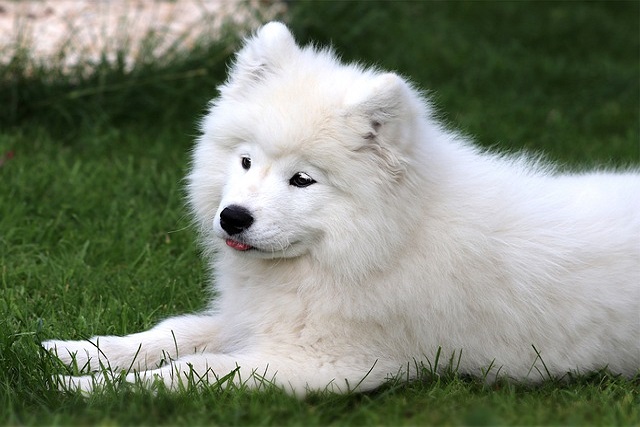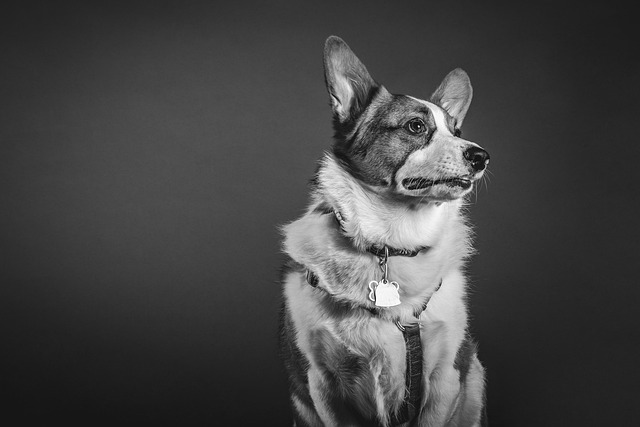
How to treat dogs with skin disease?
You might notice your dog scratching itself nonstop on the couch, or spot red, flaky patches on its belly after a walk in the park.
When we embark on a journey with our dogs or move into a new home, full of anticipation for a new life, we find that our usually lively furry friends become listless and even show various uncomfortable symptoms. At this moment, a question naturally arises: Can dogs also experience acclimatization just like humans? The answer is yes. Although dogs can't express themselves verbally, the changes in their bodies and behaviors all indicate their discomfort with the new environment. Understanding the phenomenon of dogs' acclimatization is not only to help them relieve their discomfort but also a manifestation of our love and care for these furry companions, because they have long become indispensable family members in our lives.
From a professional perspective, dogs' acclimatization mainly stems from the dual impact of environmental changes on their physical and mental states. Firstly, there are changes in diet. The water quality and food ingredients vary in different regions. For example, a dog that is used to drinking local water may find that the new water in a different place has a different pH value and mineral content compared to what it's used to, which may irritate its stomach and intestines. The same goes for food. The formula of dog food and the sources of meat in some places may be different from the dog's original diet, and its digestive system needs time to adapt to these new ingredients. Since a dog's stomach and intestines are relatively sensitive and fragile, once it ingests unsuitable food or water, it is likely to experience symptoms such as indigestion, diarrhea, and vomiting. This is its body's way of "protesting," indicating that the current diet is too much for it to bear.
Secondly, changes in environmental factors can also bring stress to dogs. The temperature, humidity, and air pressure in the new environment are different from those in the original living environment, which can affect a dog's physical functions. For instance, when a dog moves from a dry climate area to a humid place, its skin and respiratory tract may feel uncomfortable. A humid environment is prone to the growth of bacteria and fungi, which may cause problems such as skin itching and inflammation in dogs. Changes in air pressure can also affect a dog's breathing and blood circulation, making them feel stuffy and irritable. In addition, the strange smells, sounds, and lights in the new environment are all unknown stimuli to dogs. Dogs have a keen sense of smell and hearing, and these unfamiliar signals can make them nervous and anxious, which in turn affects their appetite and sleep, leading to a sluggish mental state.
Psychological factors also play an important role in a dog's acclimatization. Dogs have a strong sense of dependence on their familiar environment. When moving or traveling, leaving their familiar home, smells, and activity areas can make them feel uneasy and fearful. Just like a child who cries when leaving their familiar family and living environment, dogs can also feel at a loss due to significant environmental changes. This psychological stress can further affect their physical condition, exacerbating the discomfort symptoms caused by environmental changes. They may hide in a corner and be reluctant to come out, respond indifferently to the owner's call, and no longer be as lively and active as before. These are all behavioral manifestations caused by psychological stress.

The symptoms of a dog's acclimatization are diverse. In terms of the digestive system, in addition to the previously mentioned diarrhea and vomiting, loss of appetite may also occur. Dogs will lose interest in the food they usually like. Even if the owner tempts them with delicious snacks, they may just sniff and then turn away. In terms of mental state, they will become listless and sleepy, no longer enthusiastic about playing and interacting, and their originally bright eyes will lose their luster. Some dogs may also have respiratory symptoms, such as coughing and sneezing, because the air components and allergens in the new environment irritate their respiratory tract. In addition, skin problems are also common, such as itching, hair loss, and rashes. These symptoms not only make the dogs uncomfortable physically but also make the owners feel 心疼.
When you find that your dog shows symptoms of acclimatization, the first thing the owner should do is to give them enough care and comfort. Talk to the dog in a gentle tone and gently stroke its body to make it feel the owner's company and protection, alleviating its nervous and anxious emotions. In terms of diet, try to maintain the dog's eating habits and bring some of the dog food and snacks it usually eats. If it is unavoidable to change the food, do it gradually. Mix the old and new foods and gradually increase the proportion of the new food to give the dog's stomach and intestines a process to adapt. At the same time, ensure that the dog drinks clean and fresh water. You can bring some water from the original area and mix it with the new water to help the dog gradually adapt to the new water quality.
In terms of environmental adaptation, create a familiar small space for the dog. Bring its usual bed and toys so that the familiar smells and items can bring them a sense of security. If it's in a new home, you can temporarily limit the dog's activity area to a relatively small and quiet space, and gradually expand the activity range as it adapts. In addition, observe the dog's symptoms. If the situation is serious, such as continuous diarrhea, persistent vomiting, or difficulty breathing, be sure to take it to a pet hospital in time. The veterinarian will diagnose and treat the dog according to its specific condition to help it recover health as soon as possible.
Dogs are the most loyal companions in our lives, giving us unconditional love and company. When they experience acclimatization due to environmental changes, we should also care for them with the same love and patience. Every discomfort is their silent cry for help, and our attentive care and scientific response are the best answers to them. It is hoped that every dog can smoothly pass the adaptation period of environmental changes under the care of its owner and continue to accompany us healthily and happily through the long years.

You might notice your dog scratching itself nonstop on the couch, or spot red, flaky patches on its belly after a walk in the park.

I sat with my friend Jake on his Phoenix, Arizona patio last July, watching his 3-year-old English Bulldog, Stella, lie flat on the cool tile—tongue lolling, paws splayed

I sat with my friend Lila in her Chicago apartment last weekend, surrounded by grooming tools—slicker brush, rubber curry comb, and a half-empty bottle of shampoo

It’s a moment that might make any dog owner’s heart skip a beat: finding a tick attached to your dog’s eyelid. Yes, as unsettling as it sounds, ticks can and do latch onto this delicate area.

Most pet parents notice their dog’s wag or bark first—but their breathing tells a quiet, important story too. Catching respiratory issues early starts with knowing what’s “normal” for your pup, and spotting small shifts that might slip by.

I sat with my friend Zoe in her Denver apartment last week, watching her 18-month-old Pug, Gus, rub his face raw on the carpet—his eyes watery, paws pink from licking